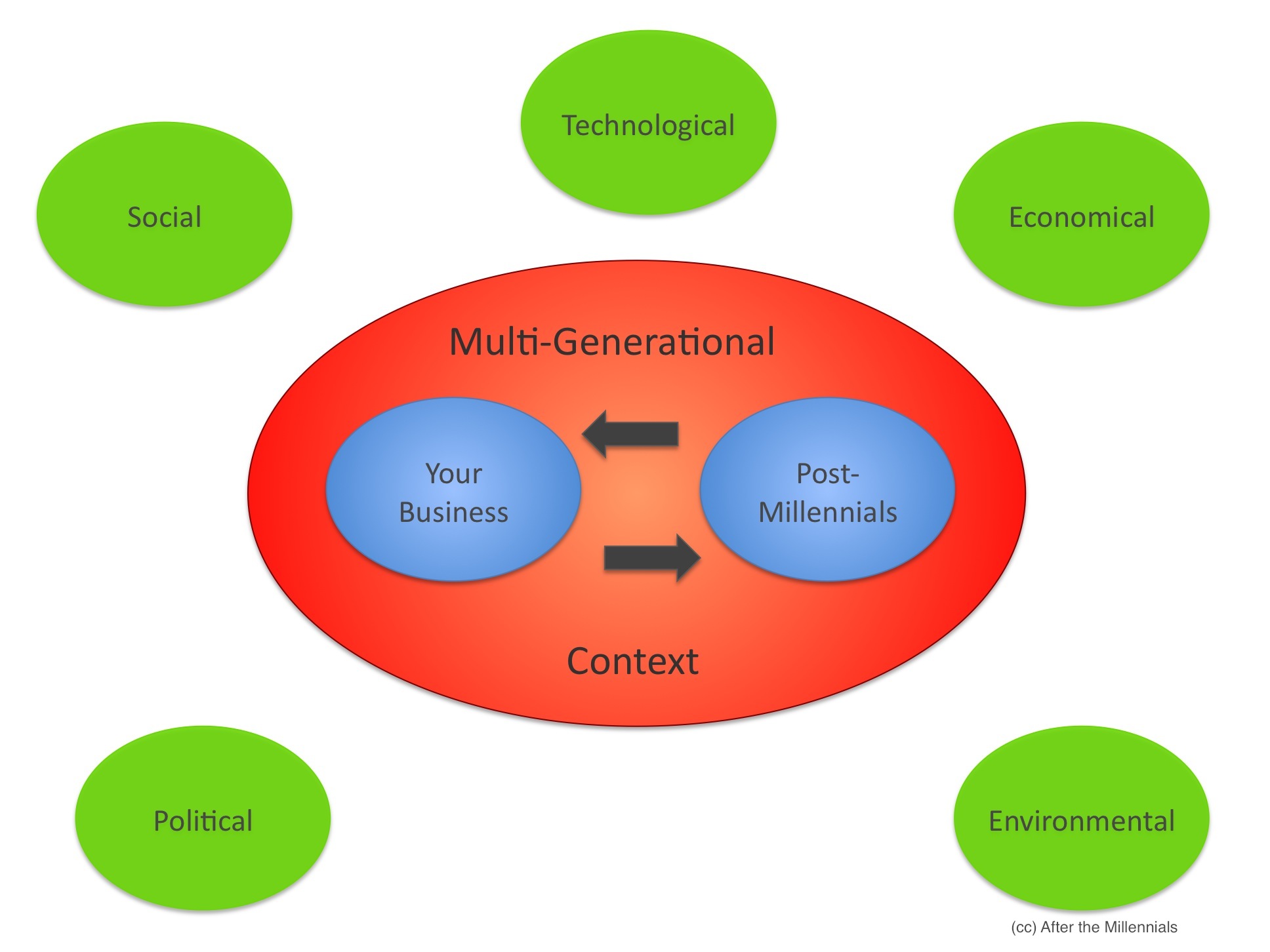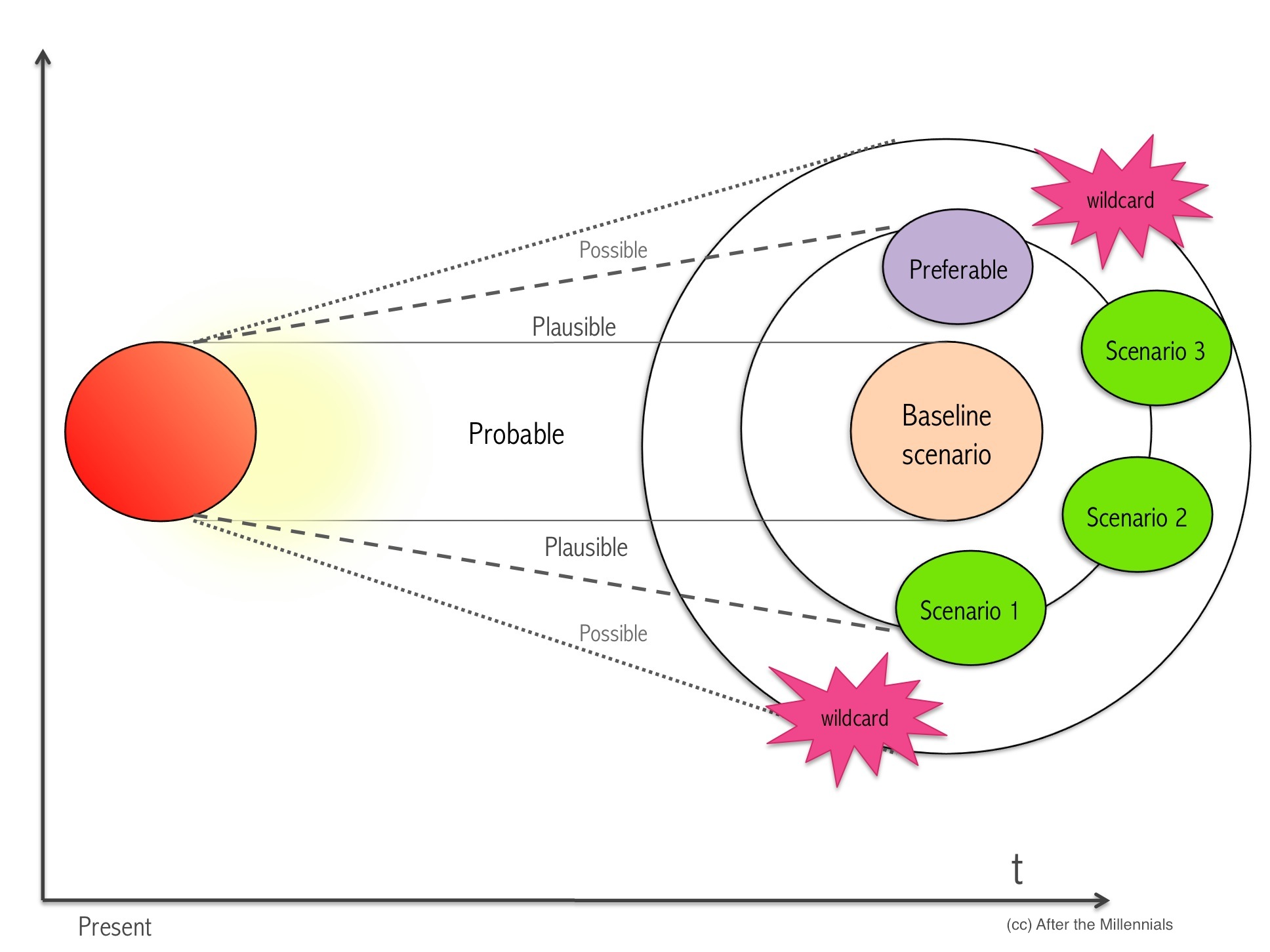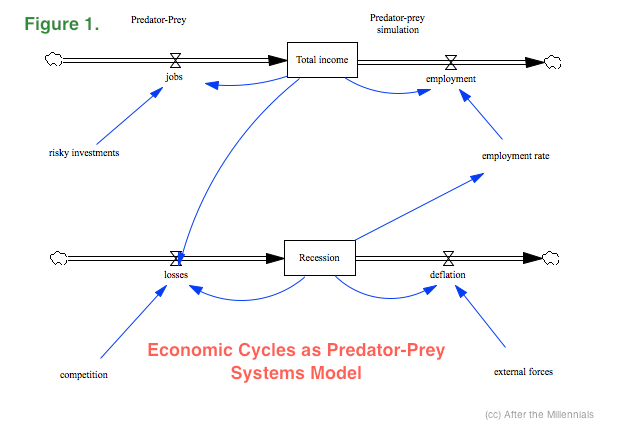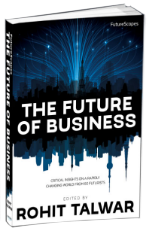Foresight in Strategic Planning and Innovation
Did your company foresee that a 9-year old with a smart phone could wield more influence over your company’s reputation than your PR director can?
Do you have a strategy when she gets a 3D printer or enough know-how to produce a better version of your product or service with her friends?
Strategic Foresight differs from traditional strategic planning in its underlying presumptions about the future. Whereas traditional strategic planning primarily uses trends and data from the past, strategic foresight accommodate for uncertainties in the analysis. The future is not predictable, and strategies that anticipate the future by looking at past trends will have trouble seeing new threats and opportunities and fostering real innovation. This is not to say that experiences from the past are useless. They are in fact essential to understand how we ended up where we are today. But as the strategic environment becomes more complex, the toolkit should be expanded. As a matter of fact After the Millennials subscribes to the idea that many generational trends are cyclical, and that there are patterns of change that we can discover by looking at the past. But this is not an excuse to carry out predictions without looking at the full picture.
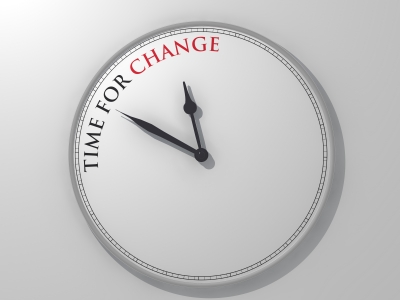
Strategic Foresight is often used interchangeably with Scenario Development. It is true that scenarios make up a great portion of the strategic foresight discipline, but fleshing out scenarios is really just the glazing on top of mountains of relevant insight and analysis. Strategic Foresight is an entire discipline and incorporates methods that makes up a whole Masters Degree. It involves various steps that seek to optimize strategic insights and opportunities under uncertain conditions. It’s the continuous application of a 360º vision of trends and weak signals, understanding how these trends interact, and finally producing a cohesive strategy for implementation. After the Millennials goes beyond traditional foresight work, and can also add customizable surveys, data mining of user generated content in social media and other measurable insights.
Analyzing Contextual Conditions
The first objective is to establish the context so we can have a better understanding of the “pain points” that need to be resolved. After the Millennials’ baseline context is ‘anything and everything related to the post-millennial generation’. Our main framework for collecting this information can be called STEEP, PEST or PESTEL analysis. STEEP stands for Social, Technological, Environmental, Economical and Technological.
The second step in the process is to gain enough company or industry specific knowledge to determine the strength and weaknesses, threats and opportunities that exist in the existing business environment. Usually the company or industry we work with has done some preliminary introspection or analysis of the micro environment. The company may have been through stakeholder analysis, Porter’s five forces or traditional SWOT (Strength, Weaknesses, Opportunities, Threats). The job now is to integrate the micro-environmental conditions of the company with the macro-environmental conditions of generations and specifically post-Millennials.
Environmental Scanning
To learn about the macro environment a continuous environmental scanning system is of absolute necessity! Environmental scanning is the art of scouting for early signals of change. it is what provides the food for all other foresight efforts. Without sufficient data from environmental scanning efforts, strategic plans and scenarios will be skewed and likely give us an inaccurate picture of the situation. Relevant scanning input ranges from confirming trends to discovering weak signals of change. Typically the confirming hits will be from statistically sound data sources while weak signals are derived from fringe sources. There is typically a trade-off between reliability and novelty of the insights, and After the Millennials scans both types of information. After scanning in this space for over a decade we can draw on over thousand trend alerts and insights in all areas of the STEEP spectrum. This is one reason for why After the Millennials has experienced success at predicting new trends sometimes years before they were confirmed by traditional research. We are continuously updating our “STEEP data bank” of insights which is immediately useful for shorter engagements and expert interviews.
Scenario Building and Backcasting
But the objective of foresight is not prediction. Our usefulness is mainly in making our clients aware of future contingencies and their enterprise’s alternative trajectories in the strategic environments. In this process scenarios can be very useful. The most well-known scenario method is the one developed by Global Business Network (GBN). If all the steps mentioned until now have been completed, we are already half-way there. Using the GBN method we will typically look at the interplay between two key driving forces (see Systems Analysis below). This process will typically yield a matrix of four quadrants based on the various configurations of high and low values. This will sort our four viable scenario logics and it is up to the user to flesh out scenario logic and create stories. Good narration and story telling techniques can be very effective in helping stakeholders identify with future contingencies. But there are other scenario processes too. And despite common perception, scenarios are not a necessary component in good foresight work. More than anything, scenario planning is a tool for collective learning, reframing perceptions and preserving uncertainty when the latter is pervasive, but it is fully possible to deliver the core elements of foresight without doing scenarios.
Backcasting is a way of envisioning a preferred future and then use various techniques to determine which steps need to be taken to arrive there.
Systems Analysis
To anticipate future contingencies and scenarios it is not enough to have content knowledge, meaning just knowing which trends and emerging issues to look out for. We also have to find out in our data, or at least guesstimate where data don’t yet exist, how the elements co-occur or interact in a larger system. The different elements can interact with each other in positive or negative feedback loops. The mind map below is based on some driving forces and emerging issues across the STEEP categories (in green) that are expected to influence our future. Several of the components of this mind map could be turned into causal loop diagrams if we knew whether the polarity with which the various variables are connected.
Systems models: Figure 1. below is often called the “predator prey model”. The prey and predators keep each population in balance which over time produces a wave looking pattern. When the prey population is large, predators will feast and flourish until the number of prey is thinned out. Competition between the many predators eventually causes starvation and a thinning out of the predator population. This gives the prey population a chance to regenerate and the cycle starts anew. It is also called an equilibrium model since none of the competing forces are able to completely eradicate the other. Some economists suggest that the balance between recession and economic affluence is characterized by a similar dynamic. So here we have adapted the model and to simulate an economic cycle in the program Vensim®.
Figure 2. shows the result over time of four different types of simulation where we have changed some of the input values slightly. Simulation 1. is the baseline, where recessions replace times of high income in a fairly balanced way. Actually the recessions look pretty long, but this could be corrected by changing the values in some of the parameters. Perhaps we are looking at the wave theories of 20th century wave economist Nicolai Kondratiev or Peter Schumpeter?
In Simulation 2. we have doubled the input value in the variable we call competition. Maybe we get more global competition or maybe machines take over some of the previous job functions. This would accumulate private, centralized wealth that doesn’t get back into the system. We still have the oscillating pattern, but now the income and employment situation is much worse and the up-waves are sharper while the valleys of low income, employment and jobs are deeper and wider.
In Simulation 3. we did the opposite by doubling the values in the variable called risky investment. Here we get the birth of new start-ups, so jobs are growing at a much higher rate, but some of these will be lost. Running the simulations we see that income and employment almost doubles, but we still have the sharp, wide and deep recessionary waves.
Simulation 4. If we multiply both the risky investment value and the competition value by five, we get an almost unrecognizable figure. We might have overstepped a tipping point here. In any case it looks like a tumultuous situation!
In the real world we will have many more mitigating variables, so we will rarely get the patterns indicated above. The predator-prey model might not even be very appropriate beyond this example. But simulating systems models can be very useful to get a basic idea of the interactions that we work with in foresight, especially when we know the input values in advance.
Social Media Mining
After the Millennials can now offer the use of Natural Language Processing to mine public opinion in the vast treasure troves of big data. Wonder what your customers say about you on Twitter and how this is data can be used in your strategic forecast? Wonder what is the difference between a generational trend and an aging trend? Then make sure to read the section Data Analysis and Text Mining!
After the Millennial’s existence is based on good work. We want to deserve your business. Whether your needs are limited to a shorter strategic interview or a larger foresight project, please contact to discuss the many options or have a detailed look at Services.

